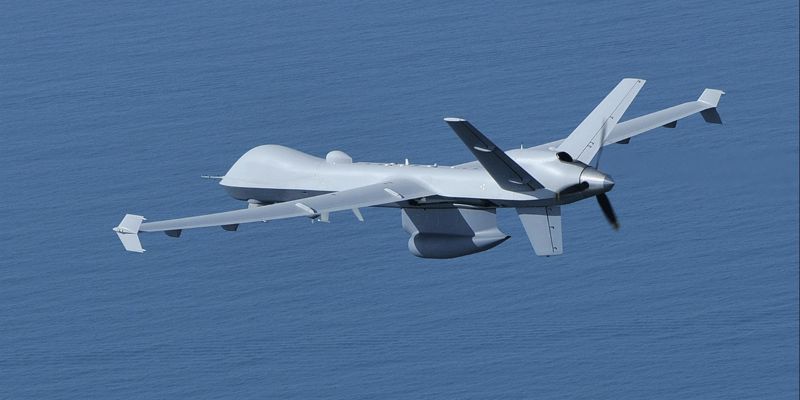
General Atomics Aeronautical Systems Inc (GA-ASI) will demonstrate the maritime surveillance capabilities of its MQ-9 Guardian remotely piloted aircraft (RPA) for European nations next month.
GA-ASI is planning to undertake a series of demonstration flights using a GA-ASI MQ-9 Guardian RPA and a detect and avoid (DAA) system.
The company is working with the Hellenic Air Force (HAF) to conduct flights from the Greek airbase of Larissa.
The DAA system is designed to provide the RPA with a collision avoidance capability in civil airspace.
GA-ASI CEO Linden Blue said: “We appreciate the HAF’s support in helping showcase the maritime surveillance and civil airspace integration capabilities of our unmanned aircraft in Europe.
“The demand for affordable, long-endurance airborne surveillance of the seas surrounding Europe is growing.”
How well do you really know your competitors?
Access the most comprehensive Company Profiles on the market, powered by GlobalData. Save hours of research. Gain competitive edge.

Thank you!
Your download email will arrive shortly
Not ready to buy yet? Download a free sample
We are confident about the unique quality of our Company Profiles. However, we want you to make the most beneficial decision for your business, so we offer a free sample that you can download by submitting the below form
By GlobalDataThe unmanned system that will participate in the demonstration is based on the MQ-9 operated by the US Department of Homeland Security for maritime surveillance operation.
The MQ-9’s DAA system features the Due Regard Radar (DRR), which is an air-to-air radar containing a two-panel active electronically scanned array (AESA) antenna and a radar electronics assembly (REA).
The Traffic Alert and Collision Avoidance System (TCAS II) and Automatic Dependent Surveillance-Broadcast (ADS-B) are responsible for the detection of aircraft.
GA-ASI stated that the demonstration will also include the Raytheon SeaVue multi-mode maritime surface-search radar with Inverse Synthetic Aperture Radar (ISAR) mode.
The RPA will also be equipped with an automatic identification system (AIS) receiver and optical and infrared cameras.
The sensor suite can help aircraft detect surface vessels over a vast maritime area.
GA-ASI has selected SES to provide geostationary orbit satellite connectivity for the MQ-9.






